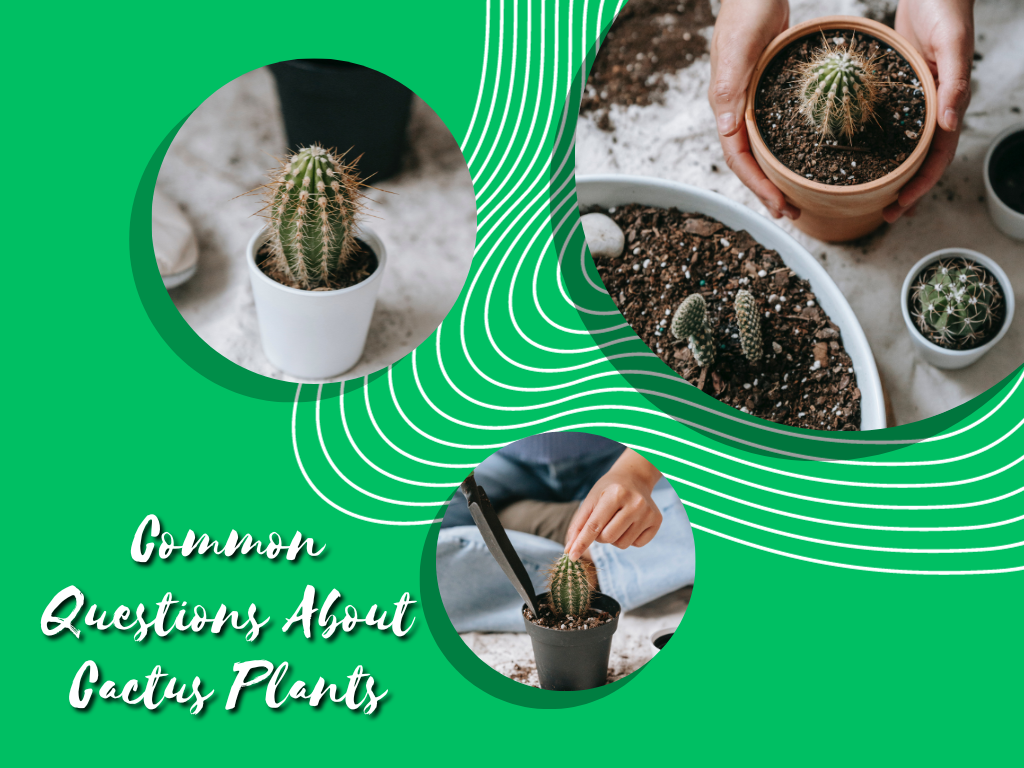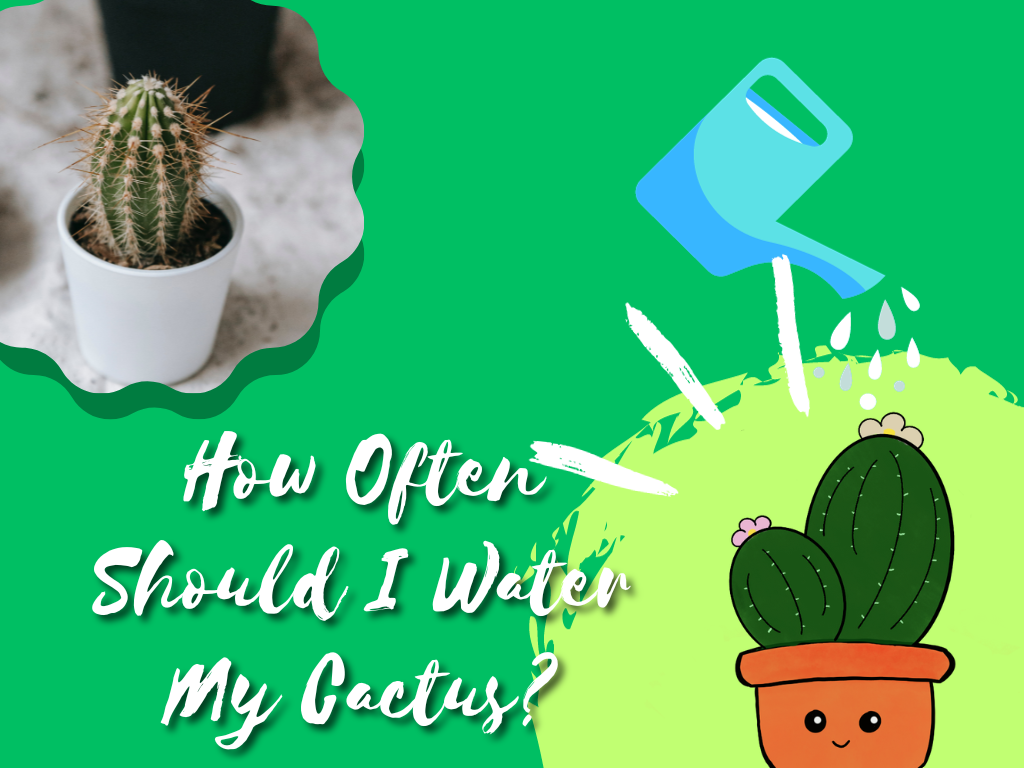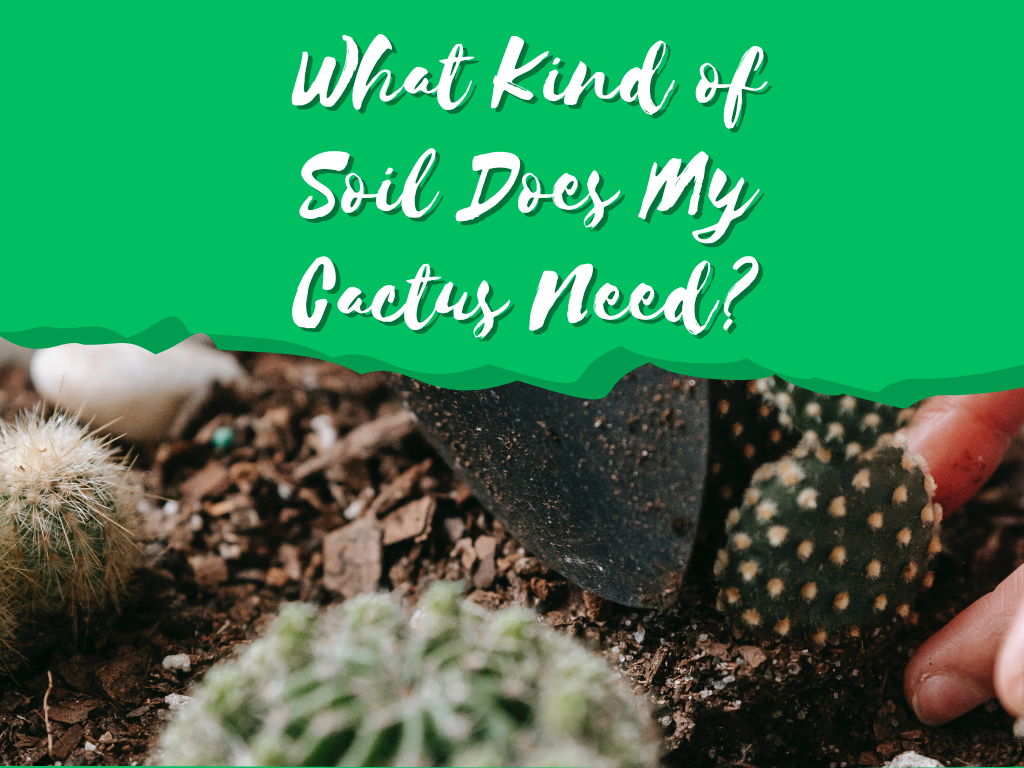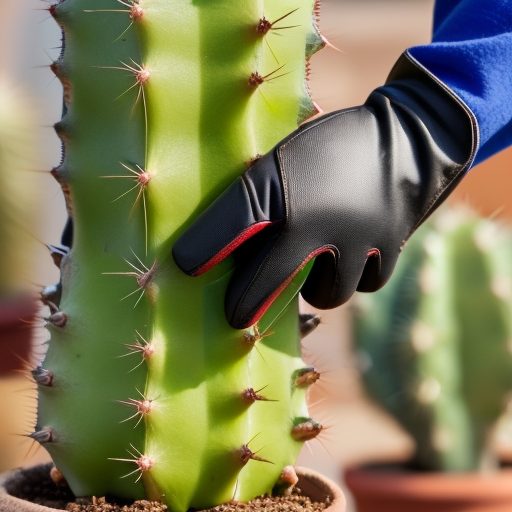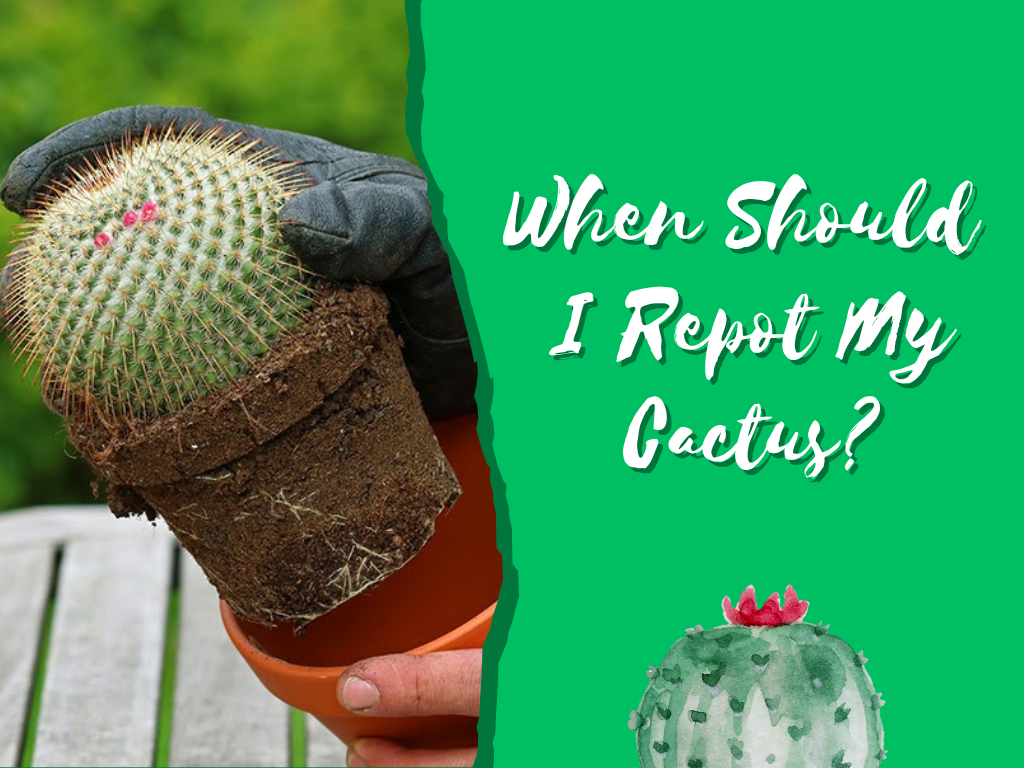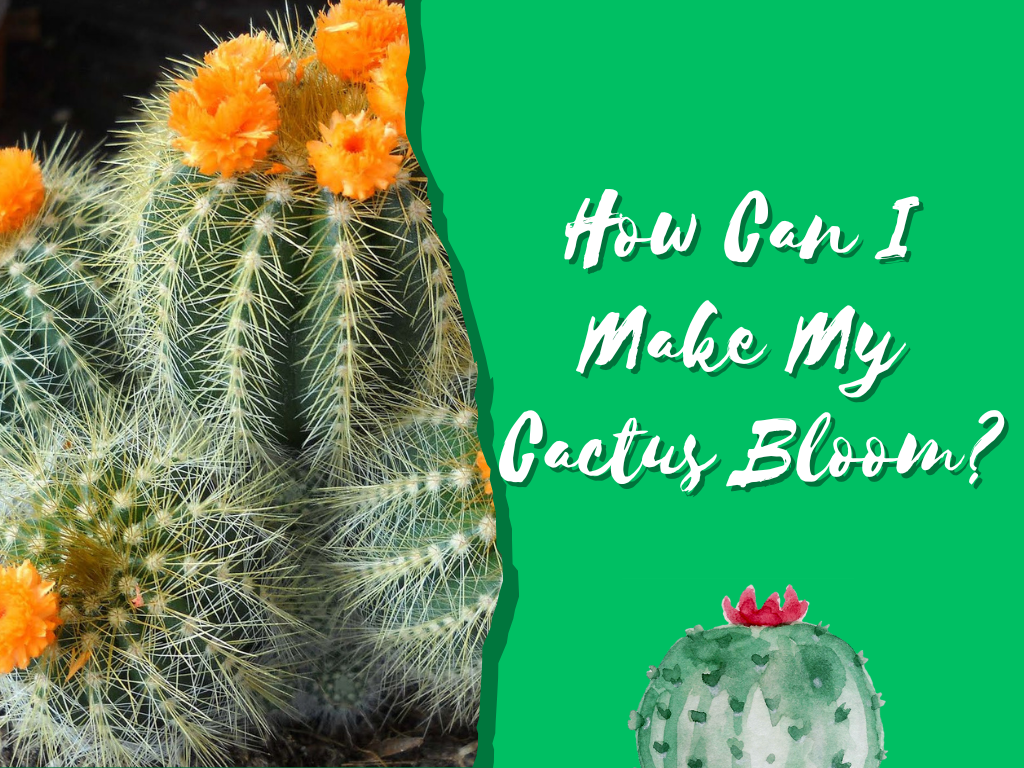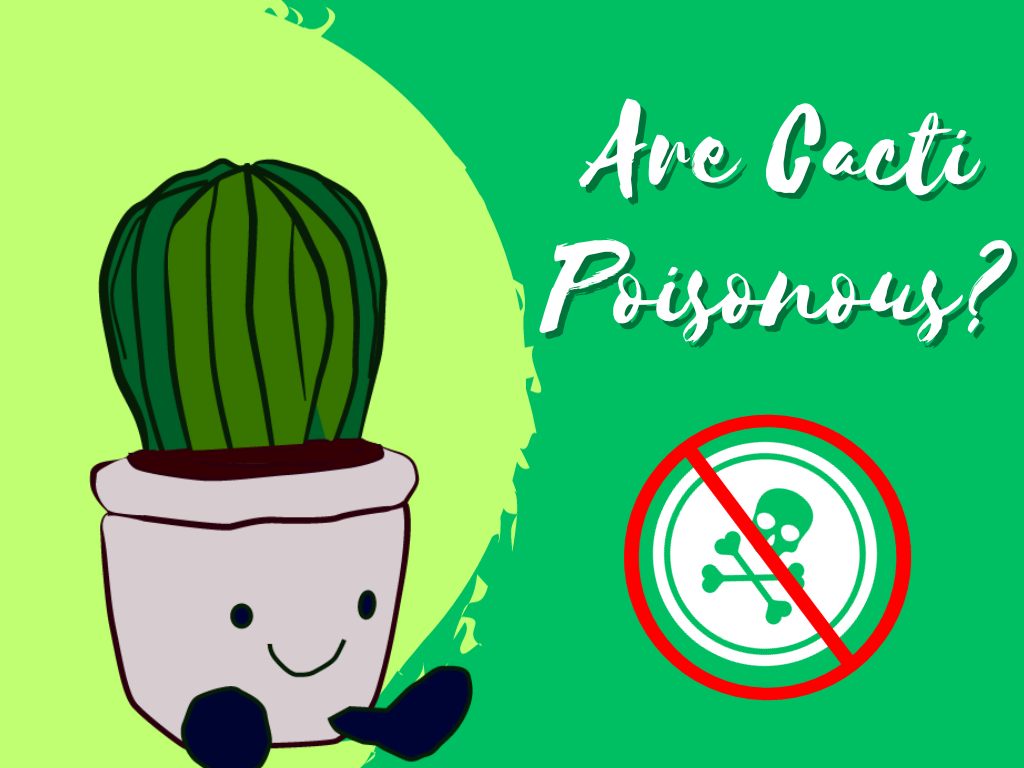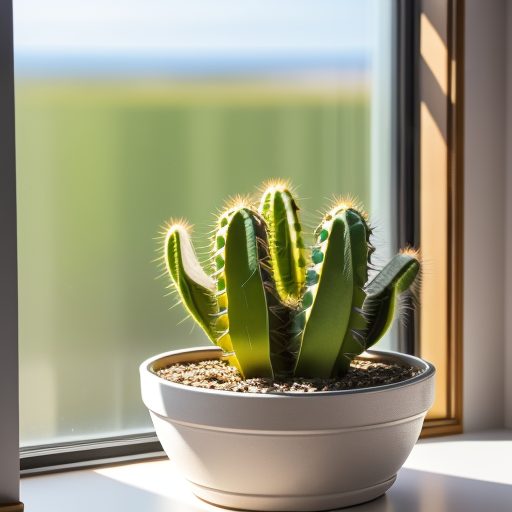HousePlantJoy is supported by our audience. When you purchase through one of our links, we may earn a small affiliate commission. As an Amazon Associate I earn from qualifying purchases. Your cost is not affected.
==================
If you’re fascinated by cactus plants, this guide is for you. With their varied shapes and striking appearance, cacti make captivating houseplants. Here, we’ll answer your most common questions about them.
Embarking on indoor cactus gardening can be thrilling yet challenging. These plants add desert beauty to your space, from the distinct prickly pear cactus to the delightful pincushion cactus. However, ensuring their indoor success requires understanding their care needs.
Join me as we dive into cactus care basics and learn how to help your plants thrive, from the significance of bright light to overcoming challenges like root rot and selecting the proper soil mix. Let’s begin this journey and transform your home into a vibrant cactus sanctuary!
What Exactly Are Cactus Plants?
Cactus plants are often synonymous with rugged deserts and arid landscapes. They are fascinating members of the plant kingdom. But what exactly sets these spiky beauties apart from other greenery? It’s not just their sharp spines or the fact that they can thrive in some of the harshest environments on Earth. There’s so much more to these resilient, slow-growing plants.
Cacti belong to the family Cactaceae. They are known for their ability to store water, making them perfect candidates for indoor cactus gardening. This unique adaptation allows them to survive environments where most plants would not. Think of them as the camels of the plant world!
Cacti come in an astonishing variety, from the small and spherical pincushion cactus to the imposing golden barrel cactus. Each type of cactus has its unique characteristics. Some, like the prickly pear cactus, are known for their edible fruits. At the same time, others are celebrated for their vibrant blooms.
Most cacti are slow growers, making them ideal for indoor spaces where space is limited. They add an exotic touch to any room and can grow to various sizes.
Interestingly, while we often associate cacti with sharp spines, not all are prickly. Some, like the bunny ears cactus, have a softer appearance, making them less daunting. However, handling these plants carefully is always wise. Even the less intimidating ones can have hidden prickles or irritants.
Are Cacti Easy to Care For?
Cactus plants are among the most low-maintenance and resilient houseplants. This makes them an excellent choice for both experienced and novice gardeners.
Light is crucial for cacti. They thrive in bright sunshine, with many needing several hours of sunlight daily. Position them near a sunny window, but be cautious of too much sun, which can scorch some types.
Watering cacti is straightforward. They require little water. Let the soil dry out completely between waterings. And reduce watering during the inactive winter months to prevent root rot. Use well-draining cactus soil. Ensure pots have drainage holes to avoid waterlogged conditions.
Keep an eye out for pests like mealy bugs and spider mites. Treat them promptly if they appear.
How Often Should I Water My Cactus?
How often to water a cactus is a common concern. The key is balance. Both overwatering and underwatering can be detrimental. Cacti, adapted to dry environments, store water, allowing them to endure long dry periods. Yet, they do need water. Watering frequency varies based on the cactus type, plant and pot size, soil, and environment.
A good rule is to water when the top inch of soil is dry. Depending on your home’s conditions, Cacti might need weekly or bi-weekly watering in warmer months. Please make sure that there is good drainage to avoid root rot.
In winter, cacti need less water. Overwatering during their dormant phase can be harmful, so watering once a month or less is often enough.
Different cacti have unique needs. For instance, the pincushion cactus might have additional watering requirements than the golden barrel cactus. Forest cacti typically need more water than desert cacti.
When unsure, it’s safer to go underwater than overwater, as cacti recover better from dryness than from excessive moisture.
Credits: AzFlora ENG
What Kind of Soil Does My Cactus Need?
Choosing the suitable soil is vital for indoor cactus care. Cacti need a growing medium that mirrors their natural, dry, well-draining habitat.
Regular potting soil is insufficient for cacti, as it may retain too much moisture, leading to root rot. Instead, use a unique cactus soil mix, available at garden centers or homemade. A simple mix combines regular potting soil, coarse sand for drainage, and organic matter for nutrients. Adding perlite or pumice increases aeration.
Good drainage is essential, so use pots with drainage holes. This setup lets excess water escape, preventing root issues.
This soil mix suits most cacti, like the pincushion and golden barrel cactus. Yet, some unique varieties might have specific soil needs worth checking.
How Much Light Does My Cactus Need?
Proper lighting is crucial for a healthy indoor cactus. Cacti, native to sunny, open areas, need several hours of direct sun daily. A south-facing window is ideal for them to absorb sunlight. However, if your space lacks natural light, don’t worry. Cacti can adapt and grow in bright, indirect light. Yet, insufficient light may cause them to stretch or lose color, in which case, artificial grow lights can help.
Be cautious of too much bright sunlight, especially in summer, as it can burn some cacti. Gradually acclimatize them to prevent sunburn.
Different cacti have varying light needs. For example, forest cacti prefer less intense light than desert varieties like the golden barrel cactus.
Additionally, propagating your cactus is a rewarding way to expand your collection. It’s an enjoyable activity for cactus enthusiasts, allowing you to grow new plants from existing ones.
Can I Propagate My Cactus?
Cacti can be propagated in several ways, depending on the species. The most common methods are through offsets, cuttings, and seeds. Offsets, also known as “pups,” are small cacti that grow around the base of a parent plant. These can be gently removed and potted separately. Taking cuttings is a popular option for cacti that don’t produce offsets. This involves cutting a piece of the cactus and allowing it to callous over before planting it in cactus soil. Seed propagation is less expected but can be a fun project. This is especially true with varieties like the pincushion cactus or the star cactus that produce seeds after flowering.
Here’s a quick guide on how to propagate your indoor cactus:
Offsets
Please wait until the pup is a decent size, then use a clean, sharp knife to separate it from the parent plant. Allow the cut to dry and callous over for a few days before planting in a well-draining cactus mix.
Cuttings
Take a cutting from a healthy part of the cactus, making sure it’s a few inches long. Let the cut end dry and form a callous for a few days to a week. Once calloused, plant it in dry cactus soil and water sparingly until it establishes roots.
Seeds
If your cactus has flowered and produced seeds, collect them and sow them on the surface of a moist cactus mix. Keep the soil lightly moist and in a warm, bright spot until they germinate.
Discover the perfect harmony of style and simplicity with our exquisite cactus planters – the ideal companions for your beloved cactus plants. Elevate your green haven effortlessly! #ads #commissionsearned
Should I Prune or Trim My Cactus?
A common question among indoor cactus owners is whether pruning or trimming is needed. Unlike many other houseplants, cacti generally require minimal pruning. However, there are times when a little trim can be beneficial.
Pruning helps remove dead or damaged parts of the cactus, which allows the plant to conserve energy and stay healthy. It’s also handy for shaping the plant, significantly if it’s grown unevenly due to uneven light exposure.
Always use clean, sharp tools to avoid damaging the plant when trimming a cactus. Make cuts near the base of the unwanted section, and be cautious of the plant’s spines. Wear gloves to protect your hands.
It’s essential to prune during the right season, ideally in the growing season (spring or early summer). This timing allows the cactus to heal quickly and minimizes stress on the plant.
Remember, each cactus variety, like the pincushion cactus or the golden barrel cactus, has its own growth habits and pruning needs. So, it’s wise to research your specific type of cactus before starting to prune.
When Should I Repot My Cactus?
Repotting is essential to indoor cactus care, but when is the right time to do it? Cacti are generally slow growers, so they don’t need to be repotted often. However, a few signs indicate it’s time for a new home.
Firstly, if you notice the roots are starting to come out of the drainage holes or the soil surface, it’s a clear sign your cactus needs more space. Also, if the plant has grown significantly or the soil has degraded, repotting can give your cactus a fresh start.
The best time to repot is during the growing season, typically in the spring or early summer. This timing allows the cactus to recover quickly in the favorable conditions of its natural growing cycle.
When repotting, choose a pot slightly larger than the current one and ensure it has suitable drainage holes. Use a fresh cactus soil mix to provide the best growing environment.
Please handle your cactus carefully during the process, especially if it has spines. Wearing gloves can protect your hands from getting pricked.
For specific types of cacti, like the pincushion cactus or the golden barrel cactus, ensure the new pot size accommodates their growth pattern without being excessively large.
How Can I Make My Cactus Bloom?
Many cactus owners dream of seeing their indoor cactus bloom. While not all cacti flower indoors, there are ways to increase your chances of witnessing this spectacular event.
Firstly, providing the proper environmental conditions is critical. Cacti need adequate bright light to bloom, so ensure they get enough direct sunlight or artificial light. A sunny window is often the best spot.
The blooming process also depends on the cactus type. Some, like the Christmas or star cactus, are known for their stunning flowers. Others might rarely bloom indoors. You can research your specific cactus to understand its flowering habits.
Proper watering is crucial for flower development. Water cacti when the soil is dry, but be careful not to overwater. Remember, the appropriate watering schedule varies with the season.
Fertilizing can also encourage blooming. Use a low-nitrogen fertilizer during the growing season to promote flower development. Be cautious not to over-fertilize, as this can harm the plant.
Finally, some cacti need a period of dormancy to bloom. This usually involves cooler temperatures and less water in the winter months. Mimicking their natural habitat can trigger blooming in the following season.
Are Cacti Poisonous?
A common concern for indoor cactus enthusiasts, especially those with pets or children, is whether cacti are poisonous. The good news is that most cacti are not toxic. However, handling them with care is essential due to their spines.
Most cactus plants, including popular varieties like the pincushion and golden barrel cactus, pose no toxicity risk. Their primary defense mechanism is their spines, not poison. These spines can cause physical harm if touched, so it’s crucial to place cacti where they won’t accidentally harm curious pets or children.
That said, a few cactus species can be harmful if ingested. Researching the specific type of cactus you have at home is always a good practice. If you’re unsure about the toxicity of a particular cactus, it’s best to err on the side of caution and keep it out of reach.
Again, redefine elegance and minimalism with our stunning cactus planters, the ultimate match for your cherished cacti. Elevate your botanical retreat effortlessly! #ads #commissionsearned
Wrapping It Up
As we wrap up our guide on indoor cactus care, let’s recap the key points. Cacti are fascinating, diverse plants that uniquely touch any home. They’re generally easy to care for, making them great for beginners and experienced plant enthusiasts.
Remember, the right amount of light, the proper watering schedule, and the correct soil mix are crucial for your cactus’s health. Be cautious with watering. It’s better to be underwater than overwater. Use well-draining cactus soil, and ensure your cactus gets enough light from a sunny window or artificial sources.
Repotting your cactus when necessary, understanding when and how to prune, and knowing the signs that might lead to blooming can enhance your experience. Most importantly, enjoy caring for these unique and resilient plants.
Indoor cacti are not just plants. They’re a hobby and a passion. Whether you’re admiring the slow growth of a golden barrel cactus, waiting for a pincushion cactus to bloom, or handling the prickly spines of a cactus with care, these plants bring a piece of the desert’s magic into our homes.
Thank you for joining me on this journey into the world of cacti. May your indoor cactus thrive and bring you joy, just as it does for many others worldwide. Happy cactus gardening!
FAQs
What is the best pot type for an indoor cactus?
The ideal pot for an indoor cactus is one made of breathable material like terra cotta or clay. These materials allow for better air circulation and water evaporation, reducing the risk of root rot. Ensure the pot has drainage holes at the bottom.
How can I tell if my cactus is healthy?
A healthy cactus typically has firm, vibrant, and unblemished skin. It should stand upright without any drooping. Discoloration, soft spots, or excessive leaning can indicate problems such as overwatering, pests, or insufficient light.
Is it normal for a cactus to change color?
While some color change is normal as cacti grow and seasons change, drastic changes can indicate stress. Yellowing might suggest too much water or not enough light, while a reddish tint can be a sign of too much direct sunlight. Adjust care practices accordingly.
Learn More About Houseplants!
Discover more types of houseplants, their benefits, and how to care for them with us! Join us on Facebook, Instagram, and Twitter for beautiful photos, plant care tips, and a community that celebrates the joy of indoor gardening.
Facebook: https://www.facebook.com/houseplantjoyblog
Instagram: http://instagram.com/houseplantjoy20
Twitter: https://twitter.com/HouseplantJoy
Let’s nurture our green spaces together!


